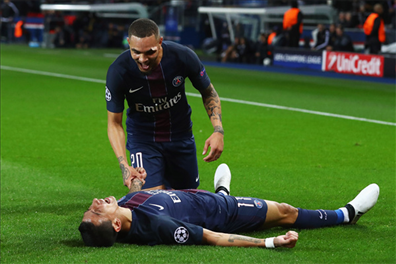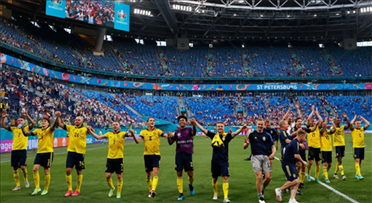According to CCTV5 program list (January 29, 2024), the European Cup has entered the knockout phase, and all teams have shown their strength and style on the court. But do you know that they also have an important competition off the court, that is, environmental ranking. The environmental ranking is determined by UEFA and the European Environment Agency
According to CCTV5 program list (January 29, 2024), the European Cup has entered the knockout phase, and all teams have shown their strength and style on the court. But do you know that they also have an important competition off the court, that is, environmental ranking.
The environmental ranking is an indicator jointly released by UEFA and the European Environment Agency, which aims to evaluate the environmental performance of each team during the European Cup, including energy conservation and emission reduction, waste classification, sustainable transportation, etc. This ranking is not only a reward for the team, but also an advocacy for the fans. It is hoped that through football, people's environmental awareness and sense of responsibility will be improved.
According to the latest data, Denmark, Finland and Switzerland rank in the top three of the environmental rankings respectively. They have performed well in various indicators, demonstrating the advanced environmental protection of Nordic and Central European countries. The players and staff of the Danish team have all used low-carbon means of travel, such as bicycles, public transport, etc. They have also used renewable energy in hotels and training grounds to reduce carbon emissions. Finnish players and fans have actively participated in garbage sorting and recycling activities, and they also donated some bonuses to local environmental organizations to support their environmental protection projects. The players and coaches of the Swiss team used environmental protection cups and water bottles to avoid the use of disposable plastic products. They also distributed environmental protection manuals to fans before and after the game to promote environmental protection knowledge and ideas.

In contrast, France, England and Germany rank in the bottom three of the environmental rankings, and their performance in environmental protection is disappointing. The players and fans of the French team used a large number of private cars and planes, causing serious traffic congestion and air pollution. They also used a large amount of electricity and water resources in hotels and training grounds, wasting valuable energy. The players and fans of the England team did not comply with the rules of garbage classification and recycling. They left a lot of garbage in and around the stadium, which affected the sanitation and beauty of the environment. The players and coaches of the German team used disposable plastic products, such as water cups, tableware, etc. They did not publicize the importance of environmental protection to fans before and after the game, and lacked awareness and responsibility of environmental protection.
The following are the environmental rankings and scores of each team:

| ranking |
team |
score |
| one |
Denmark |
ninety-five |
| two |
Finland |
ninety-two |
| three |
Switzerland |
eighty-nine |
| four |
Sweden |
eighty-six |
| five |
Austria |
eighty-three |
| six |
Czech Republic |
eighty |
| seven |
Belgium |
seventy-seven |
| eight |
Italy |
seventy-four |
| nine |
Croatia |
seventy-one |
| ten |
Netherlands |
sixty-eight |
| eleven |
poland |
sixty-five |
| twelve |
Portugal |
sixty-two |
| thirteen |
turkey |
fifty-nine |
| fourteen |
Ukraine |
fifty-six |
| fifteen |
Slovakia |
fifty-three |













